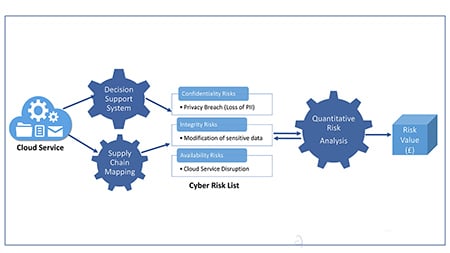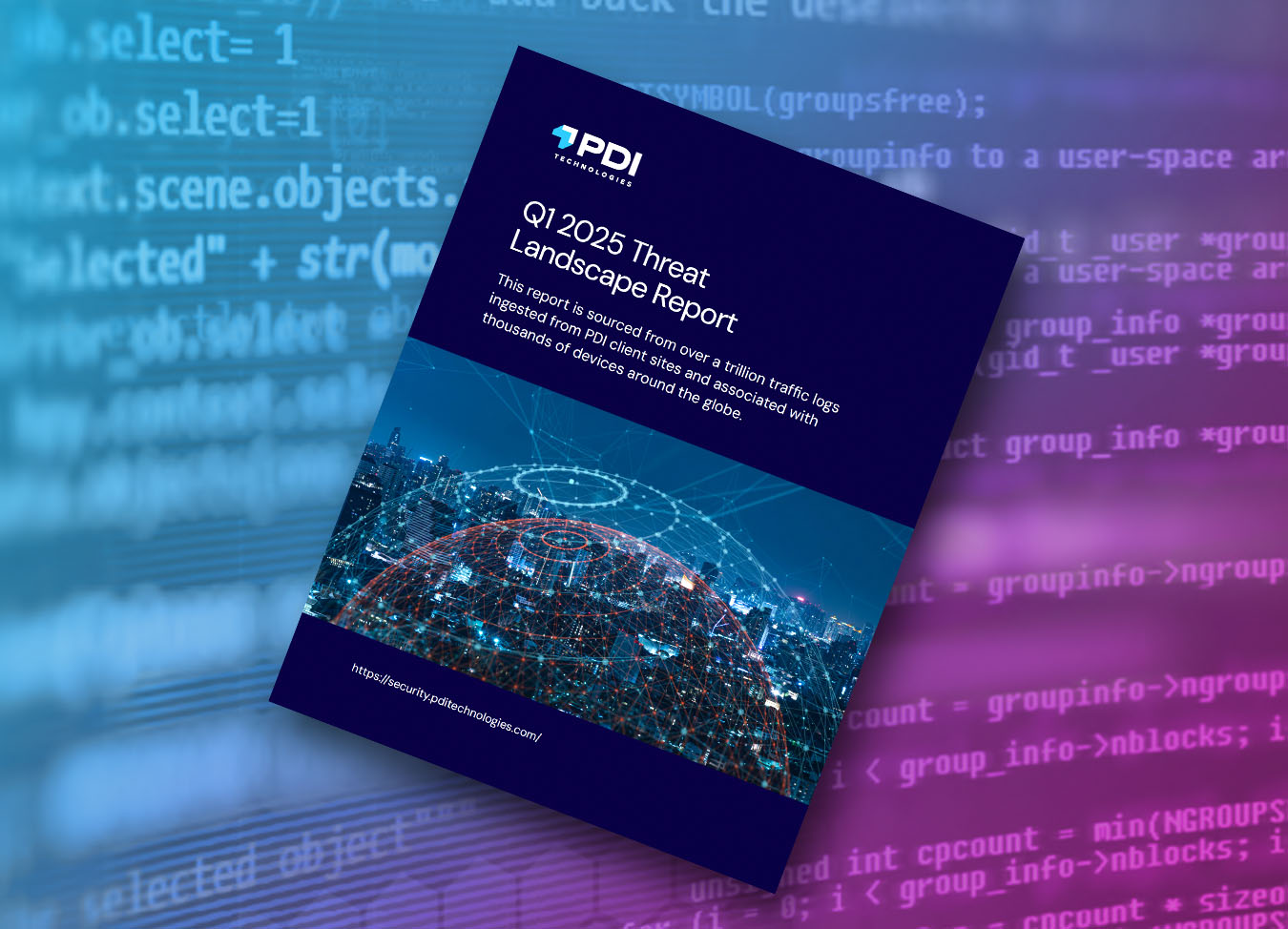Lazarus Group's TraderTraitor: Targeting Cloud Platforms and Supply Chains

Lazarus Group's TraderTraitor: Targeting Cloud Platforms and Supply Chains
The Lazarus Group, a notorious North Korean state-sponsored hacking group, has a subgroup called "TraderTraitor" that's been actively targeting cloud platforms and poisoning software supply chains. This poses a significant threat to businesses and individuals alike, especially those involved in cryptocurrency and blockchain technologies. Understanding their tactics is crucial for effective defense.

Assessing cloud risk: The supply chain perspective | BCS
TraderTraitor's Tactics and Techniques
TraderTraitor employs a variety of sophisticated techniques to achieve its goals, which primarily involve stealing cryptocurrency and infiltrating blockchain networks. Some of their key tactics include:
- Supply Chain Attacks: They've been known to compromise software supply chains by injecting malicious code into open-source packages on platforms like npm and PyPI. This allows them to distribute malware to a wide range of unsuspecting users.
- Cloud Platform Exploitation: TraderTraitor actively targets cloud platforms to gain access to sensitive data and infrastructure. A notable example is the 2023 JumpCloud supply chain compromise, where they used spear-phishing to push malicious updates to cryptocurrency customers.
- Social Engineering: They use social engineering techniques, such as creating fake job offers, to trick individuals into downloading and installing malware. These malicious applications often masquerade as legitimate crypto apps.
- Spear-Phishing: TraderTraitor uses targeted spear-phishing campaigns to deliver malware to specific individuals within organizations.
Mitigation Strategies and Best Practices
Protecting against TraderTraitor's attacks requires a multi-layered approach that addresses both technical and human vulnerabilities. Here are some key mitigation strategies:
- 加强供应链安全: Implement robust security measures to protect your software supply chain. This includes verifying the integrity of open-source packages, using code signing, and regularly scanning for vulnerabilities.
- 加强云安全: Implement strong access controls, monitor cloud environments for suspicious activity, and use multi-factor authentication.
- 员工培训: Educate employees about social engineering and phishing attacks. Train them to recognize suspicious emails and websites, and to avoid downloading software from untrusted sources.
- Endpoint Protection: Deploy endpoint detection and response (EDR) solutions to detect and prevent malware infections on individual devices.
- Incident Response Plan: Develop and implement a comprehensive incident response plan to quickly contain and recover from any security breaches.
- Regular Security Audits: Conduct regular security audits to identify and address vulnerabilities in your systems and processes.
What's Next?
The TraderTraitor group is constantly evolving its tactics and techniques, so it's crucial to stay informed about the latest threats and vulnerabilities. Continuously monitor security advisories, threat intelligence reports, and industry news to stay ahead of the curve. By implementing robust security measures and staying vigilant, you can significantly reduce your risk of falling victim to TraderTraitor's attacks.
References
- Lazarus Subgroup 'TraderTraitor' Disrupts Cloud Platforms ...
- Lazarus Subgroup 'TraderTraitor' Targets Cloud Platforms ...
- TraderTraitor, linked to North Korea's Lazarus group ...
- CyberCureME - Lazarus Subgroup 'TraderTraitor' Targets ...
- RST Cloud - X
- North Korean TraderTraitor Group Linked to Major ...
- Lazarus Subgroup ' TraderTraitor ' Targets Cloud Platforms and...
- TraderTraitor : Deep Dive | Wiz Blog
- TraderTraitor : Deep Dive
- TraderTraitor - North Korea’s Global Crypto Hacking... | Medium
- North Korean TraderTraitor Group Linked to $1.5 Billion Crypto Heist...
- TraderTraitor APT Targets Blockchain Firms
- Feature Image





